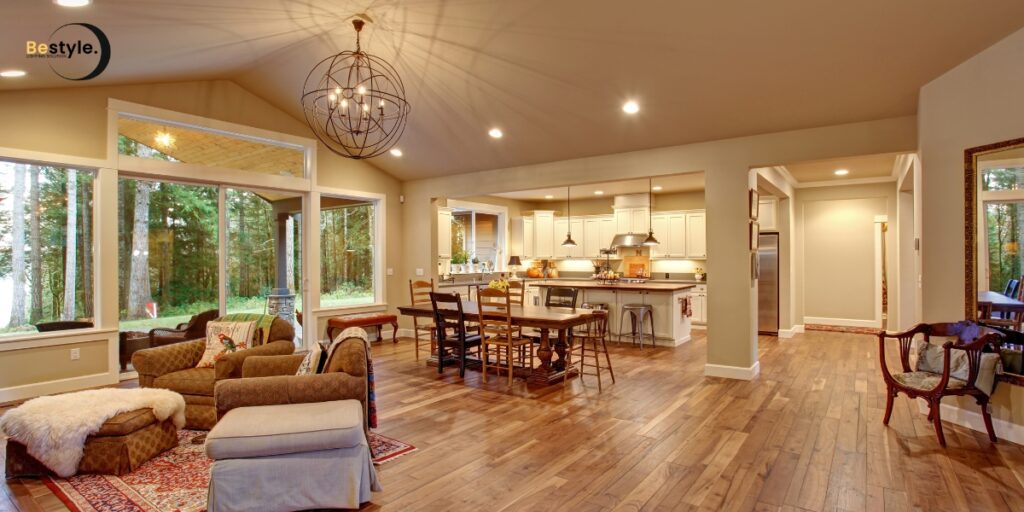Lights do more than brighten up a room. They affect how you feel.
Whether you’re in a small condo, a cozy rest house, or a modern office, the lights you choose can change your mood and the entire atmosphere of the space.
The right lights make a place feel warm and relaxing, or bright and energizing.
A well-lit room lifts your mood, sharpens your focus, and even lowers stress. Poor lighting, on the other hand, can make you feel tired, gloomy, or anxious.
In this guide, you’ll learn how different types of lights can influence your mood and productivity.
You’ll also get practical tips to light up your home, office, or rest house better.
How do lights affect mood and emotions?
Lights change how you feel instantly. They influence your brain chemistry, behavior, and even your sense of comfort in a space.
Your eyes send signals to the parts of your brain that control mood and alertness.
The Role of Color Temperature
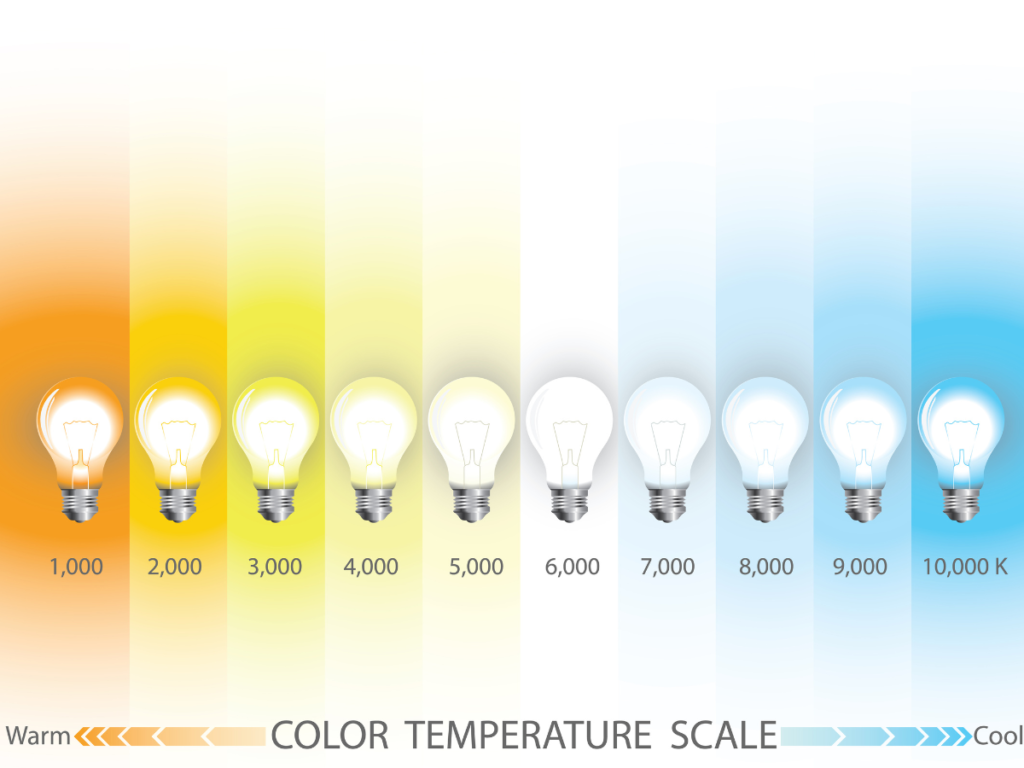
Color temperature tells you how warm or cool a light looks. We measure it in Kelvin (K).
Warm lights, around 2700K to 3000K, give off a yellow or orange glow. They make a space feel cozy and calm, like candlelight or a sunset.
When you switch on warm ceiling lights or chandeliers, your brain gets the message to relax. That’s why these lights work well in living rooms, bedrooms, and dining areas.
Cool lights, around 4000K to 5000K, appear white or blue. They mimic daylight and tell your brain to stay alert. These lights work best in kitchens, home offices, and workspaces.
How Lights Affect Brain Chemicals
Light entering your eyes triggers your brain to release chemicals.
One of them is serotonin, which helps you feel happy, calm, and focused. Bright, cool lights increase serotonin levels, keeping you sharp.
Another chemical is melatonin, which helps you sleep. Bright, blue-toned lights at night reduce melatonin and make it harder to fall asleep.
Harsh lighting at night may keep you awake. Dim lighting during the day may make you feel sleepy or low.
How Lighting Changes Emotions
Think about how you feel in a softly lit restaurant compared to a brightly lit hospital. Lighting changes the emotional experience of a space.
Low, warm light feels safe and soothing. Bright, cool light feels functional and energizing.
That’s why retail stores, cafes, and offices design their lighting carefully. They want you to feel a certain way.
Each type of light triggers a different feeling.
LED lights save energy and come in warm or cool tones. Use warm LED lights in bedrooms and cool ones in work areas.
Pendant lights highlight key areas like dining tables. Add warm bulbs to make the space cozy.
Recessed lights in ceilings look modern and clean. Use cool-toned recessed lights in kitchens and warm ones in living rooms.
Track lights help spotlight art or work areas. Strip lights add mood lighting under cabinets or behind TVs.
Chandeliers offer soft, elegant lighting.
Lights aren’t just decoration. They help shape how you feel every day.
How does lighting affect mental well-being?
Lighting significantly impacts mental health through various mechanisms, including its effects on mood, circadian rhythms, and psychiatric conditions.
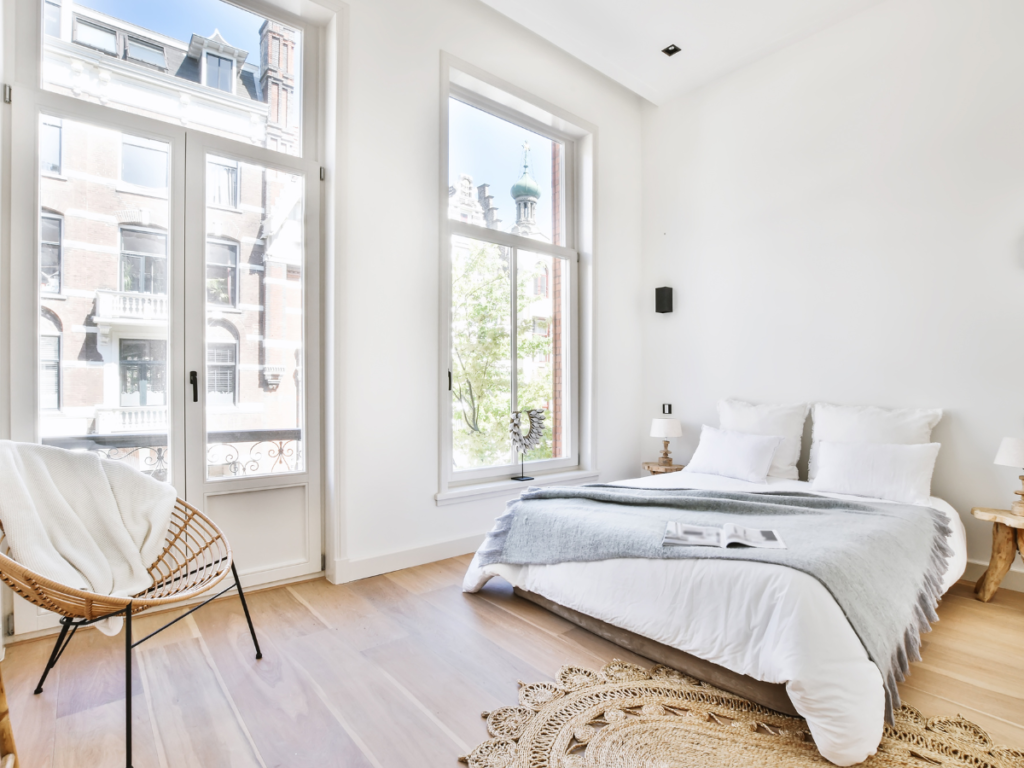
Daytime Light Exposure
Getting more natural light during the day improves mood and lowers the risk of depression by up to 20%.
Daylight exposure acts as a natural way to reduce the risk of psychosis and helps regulate your sleep-wake cycle.
It also boosts mental well-being by supporting healthy sleep patterns and energy levels.
Nighttime Light Exposure
Too much artificial light at night can confuse your body’s natural clock.
This disruption increases the risk of mental health problems like anxiety, depression, bipolar disorder, and PTSD by up to 30%. Exposure to bright, blue light at night can make it harder to sleep and may lead to long-term mood disorders.
Seasonal Affective Disorder (SAD)
Reduced daylight exposure during winter months can trigger Seasonal Affective Disorder (SAD), a form of depression.
People who experience SAD often feel low, sluggish, or unmotivated.
Adding more natural light or using light therapy can relieve these symptoms. It increases serotonin levels and improves mood.
Artificial Lighting and Mood
The brightness, color, and quality of artificial lighting influence how you feel.
Bright white lights boost alertness but may feel harsh. Warm yellow lights promote relaxation and comfort.
Blue-enriched lighting can ease anxiety during the day but may disrupt sleep if used at night.
Built Environment and Mental Health
People living in crowded, poorly lit spaces often report higher rates of sadness and fatigue.
Limited access to natural daylight has been linked to clinical depression.
On the other hand, well-lit environments support mental recovery and positive emotions. Patients recover faster in bright, airy spaces compared to dark, dimly lit ones.
If you want to support your mental well-being, start by improving the lighting in your space.
Choose bright, cool lights during the day to boost energy.
Switch to warm, soft lights at night to help you relax. Keep lighting balanced and adjustable to suit your daily rhythm.
How do I choose the right lighting to enhance a space?
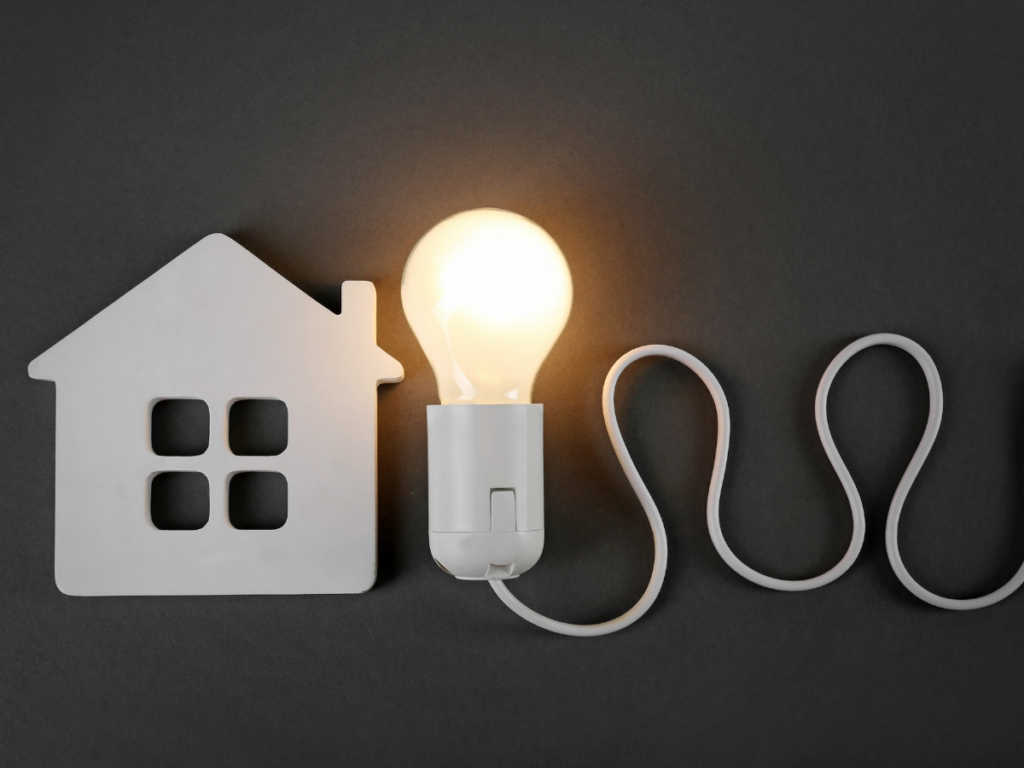
Start by thinking about how you use each space and how you want to feel in it.
The best lighting design layers three types of light to create balance and function: ambient, task, and accent lighting.
In small spaces like condo units, use ambient lighting such as ceiling lights or pendant lights. Choosing this lighting can help brighten the whole area without making it feel crowded.
Add task lighting like desk lamps or under-cabinet LED strip lights to help you see clearly when working or cooking.
Accent lighting like recessed lights or wall sconces adds warmth and highlights your decor.
In larger spaces like provincial homes and rest houses, balance natural light with artificial light.
Use large windows, skylights, and light-colored walls to let daylight in. Choose warm lights for bedrooms and living areas to make them cozy.
Use cool lights in kitchens and bathrooms to help with tasks.
In offices, pick bright, cool-toned lights to boost focus and energy.
Position desk lamps to reduce glare. Install recessed lights for even brightness.
Smart lighting systems can help you adjust brightness throughout the day.
Read more about choosing decorative lights for your home here.
When should I plan my lighting during a renovation or new build?
Plan your lighting early. Whether you’re building a new home, renovating a condo, or updating an office, good lighting design starts at the beginning.
Early planning saves you from expensive changes later.
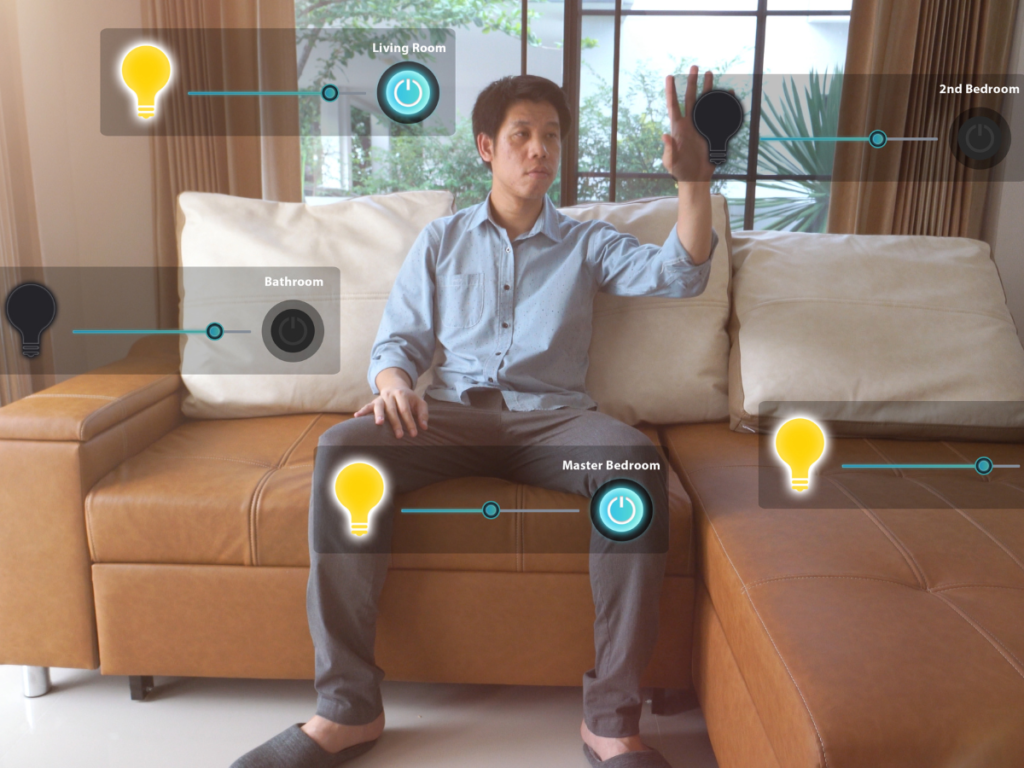
Think about how you’ll use each space. In small condos, design multi-functional lighting. Go for pendant lights over the dining area.
Recessed lights are great for general lighting, and strip lights under shelves.
For provincial homes and rest houses, add outdoor lighting like garden bollard lights to extend your living space.
Talk to your designer early about wiring, fixture placement, and controls. That way, they can install outlets, switches, and dimmers where you need them.
Early planning makes your lighting setup smooth and clutter-free.
How important is light quality in interior design?
Light quality makes a big difference in any space. It affects how colors and textures look and how comfortable the room feels.
In small spaces like condos, poor-quality lights can make the area look smaller and harsher.
High-quality LED lights spread even brightness without flickering. They highlight your furniture, wall colors, and artwork.
In provincial homes and rest houses, warm, high-quality lighting creates a cozy and welcoming atmosphere. Pendant lights or chandeliers with a high color rendering index (CRI) bring out the true colors of your interiors.
In offices, good light quality boosts productivity. Poor lighting can cause eye strain, fatigue, and headaches.
Choose LED ceiling lights or track lights with adjustable brightness to make the workspace comfortable.
Always go for lights that give clear, soft, and even illumination. It improves both the look and feel of your space.
Check out our floor and table lamps to highlight the beauty of your space.
Can poor lighting cause fatigue, headaches, or stress?
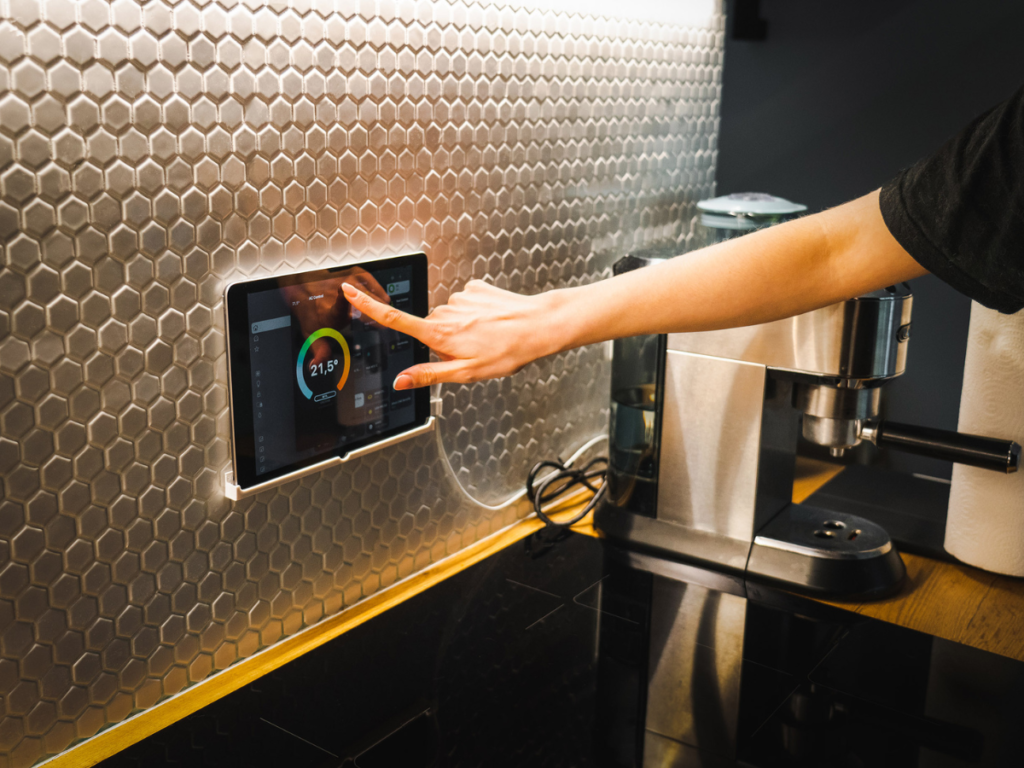
Yes. Bad lighting does more than make a room look dull. It affects your body and mind.
Dim or harsh lighting strains your eyes. You may squint or blink more often. It can trigger headaches, especially if the lights flicker or feel too bright.
Big differences between dark and bright areas force your brain to work harder. This can increase stress and make you feel tired faster.
To avoid this, use balanced lighting. Stay away from flickering or buzzing lights.
Choose quality LED lights with good color rendering. Add task lights where needed to make your space more comfortable.
Is natural light better than artificial light for mental well-being?
Natural light is the best light for your health. It boosts your mood and energy. It helps your body make Vitamin D. It also keeps your sleep-wake cycle healthy.
Sunlight during the day makes you more alert and focused. It also helps regulate melatonin, so you sleep better at night.
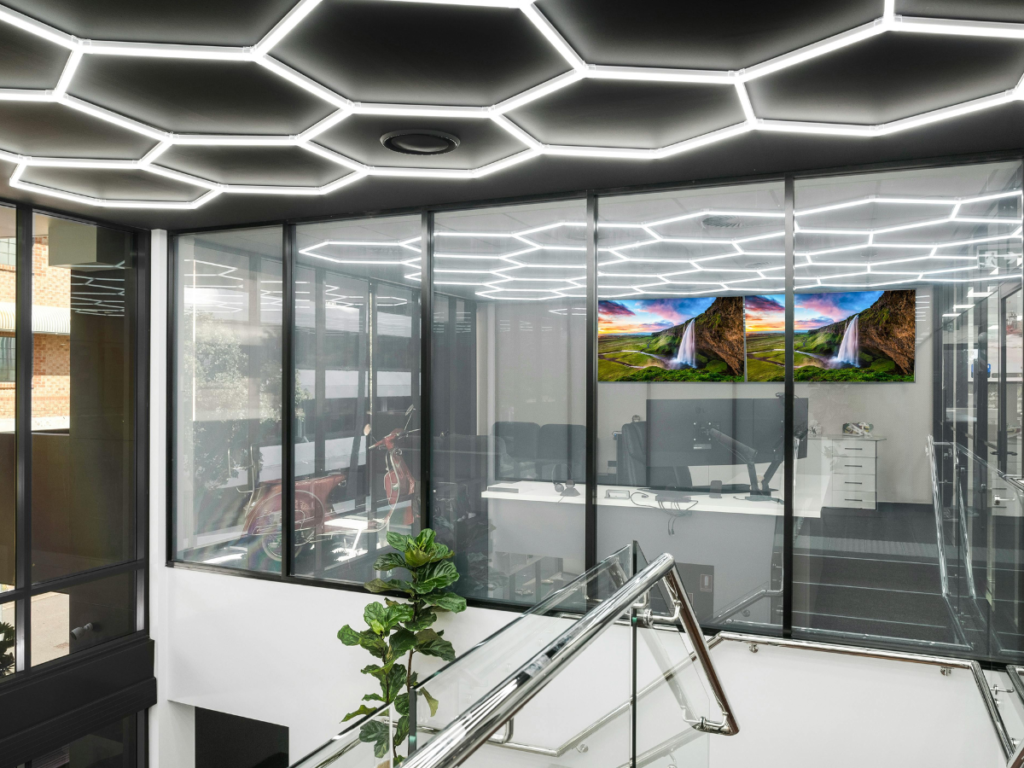
To get more natural light, place desks and tables near windows. Use mirrors to bounce light around the room.
Choose light-colored walls and decor to reflect light.
If you don’t get enough daylight, use LED lights that mimic sunlight. Look for bulbs labeled “daylight” or “5000K.”
Artificial lights can also support your well-being when used wisely. Smart bulbs that change tone throughout the day can help mimic natural light cycles.
Budget-Friendly Lighting Tips
You don’t need to spend a lot to improve your lighting.
Start small. Replace a few old bulbs with LED lights that match your needs.
Add a floor lamp or table lamp to change a room’s feel.
Move furniture near windows to enjoy natural light.
Use mirrors to reflect light around the room. Try smart plugs to automate your lights without expensive systems.
Final Thoughts
Lights do more than brighten a room. They shape how you live, work, and feel. They affect your mood, your productivity, and even your health.
When you understand how lights work, you can design spaces that help you feel better, sleep better, and get more done.
Whether you want a calm retreat, a focused workspace, or a cozy living area, the right lights can make it happen.
Need help choosing the right lights? Browse BeStyle Lighting’s collection and find smart, stylish, and reliable lights that fit your mood and your goals.
Shop now at BeStyle.ph and light your space the way you truly feel.

